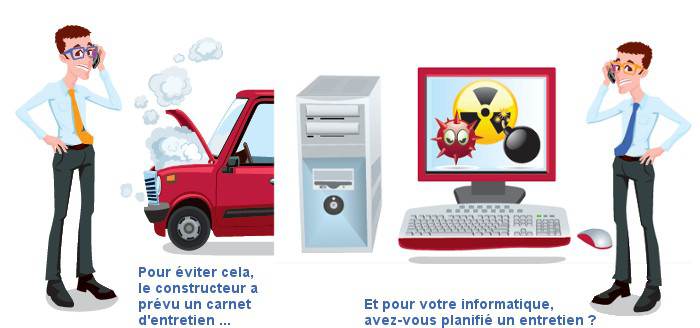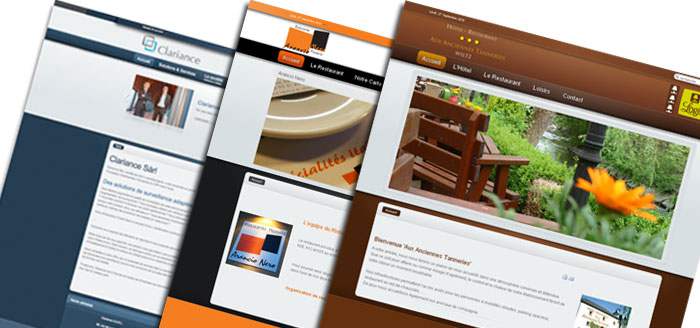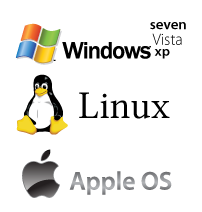A light box or light tent is just a small enclosure with translucent walls. When you place a flash or light just outside the walls, you get a diffused glow of light inside. A light box is perfect for showing detail in small objects, and a standard tool for pro studio photographers.
Making one is cheap and easy. Whether you need photos of your knitted beer cozies to put up on Etsy, or Star Wars collectibles for eBay, you should give it a try.
If you're looking to build the other kind of photographer's light box -- a small box with a glass top used for viewing slides -- we have a tutorial on making one of those, too.
This article is part of a wiki anyone can edit. If you have advice to add, log in and contribute.
What you'll need
- A box
- White copy paper, to line the inside of the box
- Three pieces of translucent paper, to serve as box walls
- Poster board, to create your seamless backdrop
- A yardstick or measuring tape
- Tape, to hold a lot of this together
- A glue stick or spray adhesive
- A carpenter's knife or box cutter, to cut holes in the box
Get a clean box -- grease or other dirt will stain the white paper and prevent the glue or tape from sticking. Pick a safe size that will give you some flexibility —- somewhere between 18x18" and 24x24" should do the trick.
For your walls, you can use tracing paper, tissue paper or even white cotton t-shirts. You'll need pieces that are a little bit smaller than the box walls (for 18x18" walls, use at least 16x16" paper).
Buy your poster board in a rectangular shape that's slightly less than the width of the inside of the box and twice as long. For an 18x18" box, shoot for 16x36" or 16x40". It will need to bend, so get the kind that's sort of flimsy, not extra stiff or foam-core board.
Assembly
The frame
Tape the bottom of your box securely, both inside and outside.
Lay the box on one side with the opening (top) facing you. On the box wall that is facing the ceiling, use your yardstick to measure in two inches from each edge. Cut out the resulting square.
Repeat this on two more sides, leaving one side uncut and intact.
That intact side is the bottom. Flip the box so the intact side is on the table. You now have the frame for your light box.
Inside of the box
Use the white copy paper and adhesive to line the inside of the box, trimming when appropriate to create a uniform white surface.
Now, make the tracing paper "walls." Tape a piece of the paper (or whatever translucent material you're using) to the outside of each wall that has a hole in it.
Lastly, add your poster board. You want whatever you're shooting to sit comfortably on the bottom of the box. With that in mind, position the poster board so the top edge can be taped to the high edge of the back wall, then drape it down, letting it bend gently. Tape the front of the posterboard to the front lip of the floor.
Let there be light
Your light source(s) should be based on your vision for the project and your level of professionalism. If you have two flashes, go for it. CFLs or adjustable desk lamps will work. Clamp lights make a good choice. They are inexpensive and can be found at a hardware store, and they take a wide variety of bulbs.
Just make sure you know how to adjust your camera's white balance, or your photos could end up with a slight green-ish, yellow-ish, or orange-ish cast, depending on the light you're using.
Testing
It's time to make a photo. Set up either a single light on one wall or one light on each of two walls. Place whatever you'd like to shoot (an 8-Track cassette, a Spawn action figure) on the box's floor. Set up your camera on a tripod to minimize movement, frame your shot, adjust your aperture, and shoot.
Experiment
Use the two box flaps as blinders so you can cut out or temper any peripheral or back lighting.
Try different lighting combos. You have three lit panels and several ways to combine them.
Attach a second layer of paper to each wall, or try thinner paper or different materials.
Whatever produces the photo with the least shadow and the softest, most uniform light wins.
This page was last modified 22:22, 21 September 2010 by snackfight.
Authors: How-To Wiki

















